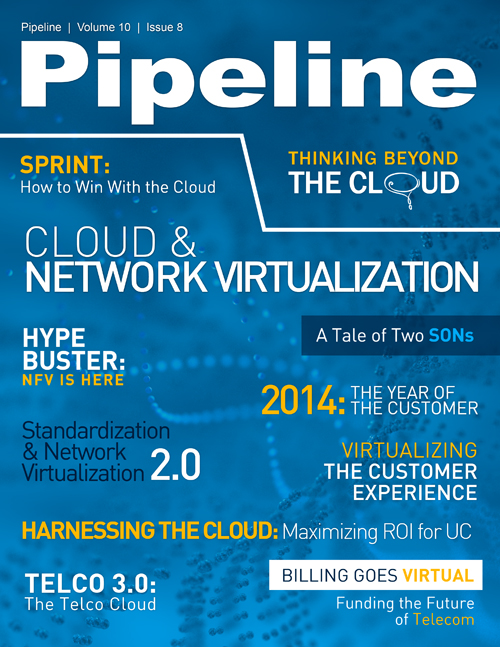Virtualizing the Customer Experience
By: Becky Bracken

Your customers have gotten a grad-school-level education in telecom services. They know everything about their favorite device. They expect crystal-clear call quality at all times. They want their interactions with their service providers to be instantaneous, hassle free with zero surprises. It's time for the industry to smarten up and virtualize the customer experience.
Virtualizing touch points within your customers' life cycle is one of the best ways to make them more profitable. Customer Experience Management (CEM) is evolving from a basic “Can you hear me now?” proposition to a highly-sophisticated interaction across multiple channels with empowered customers trained to demand the most from their communications services. The way forward is the virtualization of the customer experience. Only a virtual environment will ultimately be nimble and smart enough to keep up with their customers: the industry's own successes have trained them to expect everything, right now, in the palm of their hand.
What do customers think? They think the contact centers are stupid. In fact, a startling 70 percent of both American and British customers surveyed by British Telecom (BT) and Avaya, think they know more about their products and services than the contact center agent handling their inquiry. Eighty percent of the customers surveyed said contact center agents “struggled” to address their questions.
“Consumers are more connected and better informed than ever before, so when they do call — or use another channel such as webchat or video — they expect to deal with someone who knows what they’re talking about,” Andrew Small, vice president BT Contact, BT Global Services, said. “When organizations fail to connect their customers to the right agent, it’s not only frustrating for the consumer but also for the staff involved.”Service providers have done such a good job of educating and empowering their customers, their CEM processes are struggling to keep up. Customers are constantly switching between channels when contacting their providers. One day, they call into a contact center. The next day, while on the run, they try to log into their self-service billing portal. The next week, they hit you up on Twitter to ask about the latest device their friend at dinner is flaunting. Increasingly, service providers are faced with having to share data between communications channels at a dizzying rate. Merging the data siloed in those individual channels and making it instantly available across every imaginable touch point makes a strong case for moving CEM into the cloud.
Ovum recently conducted a large survey of senior IT executives who found that spending is shifting towards customer-facing systems and that integrating channels and personalizing services will be top priorities across the industry over the next year and a half.
“After many years of cost reduction, senior telco IT executives clearly see the need to invest again in CRM [customer relationship management] projects that will support overall customer experience,” said Ovum analyst Shagun Bali in a November press release. “Over the next 12 months, consolidating and developing integrated multichannel CRM systems and business processes will be top of the priority list for operators.”
Comarch and the analyst firm Informa surveyed European telecoms last year to measure Customer Experience Management goals and found a woeful gap between aspirations and reality. While most CSPs said they put CEM at the heart of operations, 43 percent operators have no integrated CEM program in place and 23.5 percent have no idea when they'll be able to get one in place.
“In order to provide seamless customer experience, operators need to gather and analyze as much information on their customers as possible, and then translate it into visible actions that can directly influence the satisfaction of their clients,” said Piotr Machnik, VP Product Management and Marketing at Comarch, in a December news release. “Data such as billing, service/call usage, customer behavior and profile, are no longer enough to understand what level of customer experience is being delivered to each subscriber, and how to improve it. Today it is clear that without the help of information from network management systems the picture is far from being full.”
BT has invested in moving the entire contact center into the cloud through its BT Cloud Contact Center solutions for telecom service providers.





















